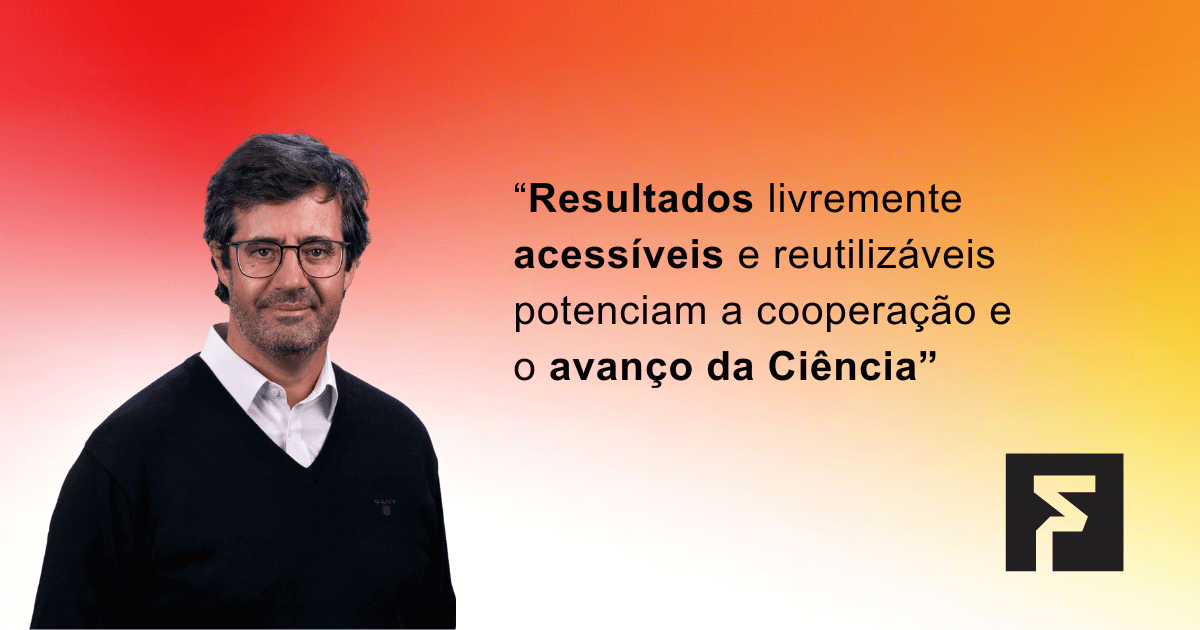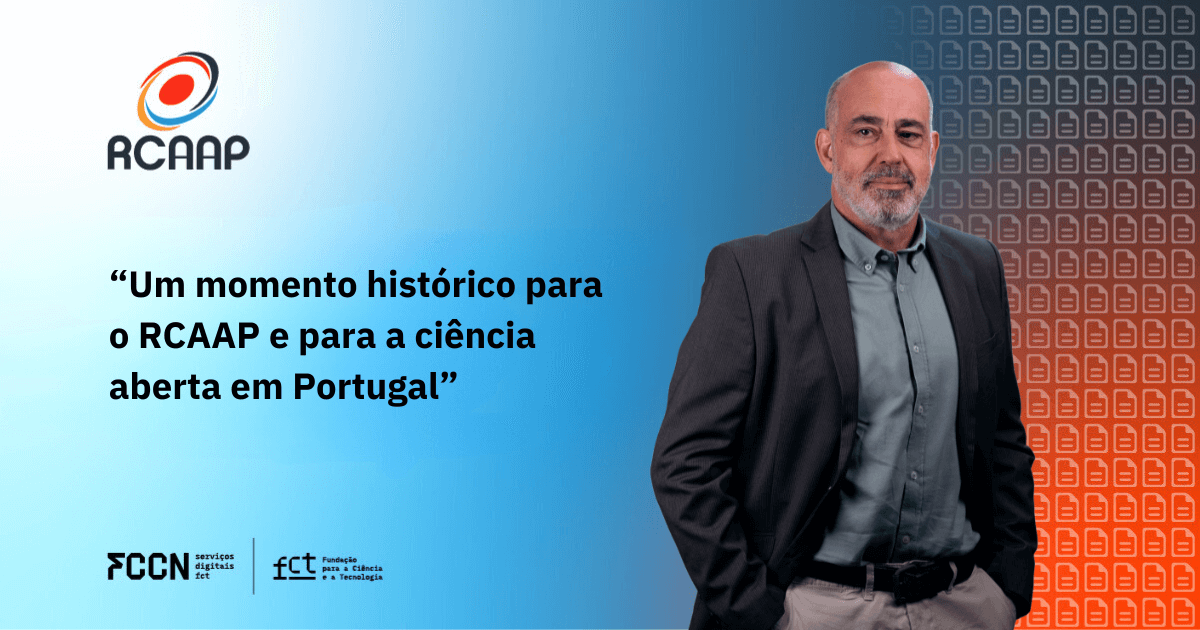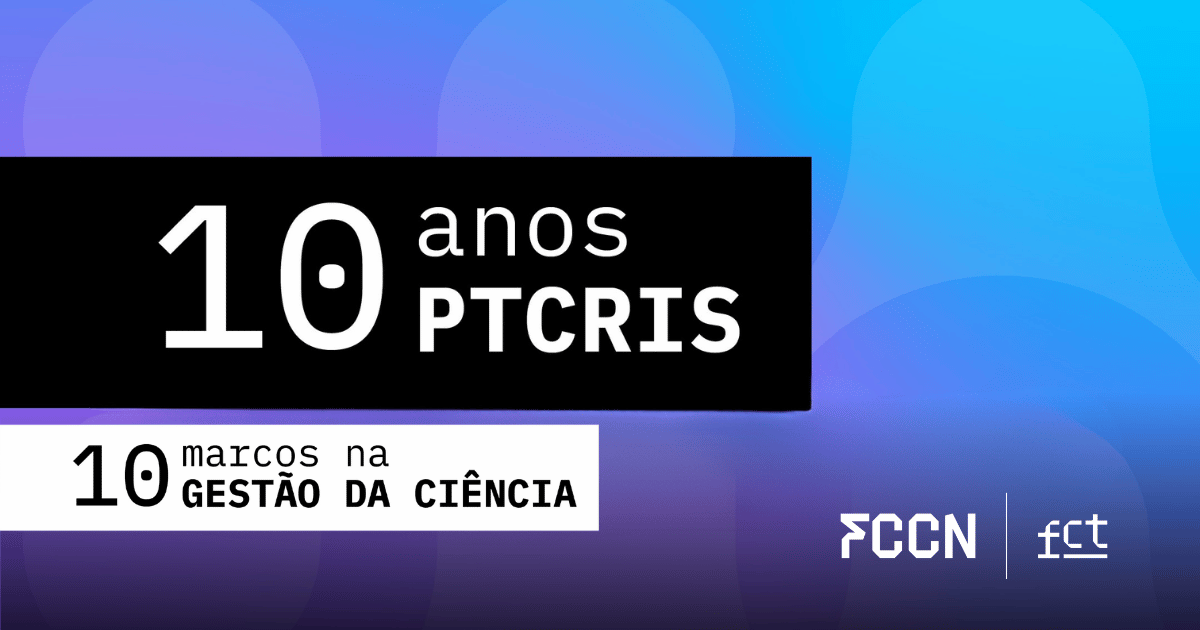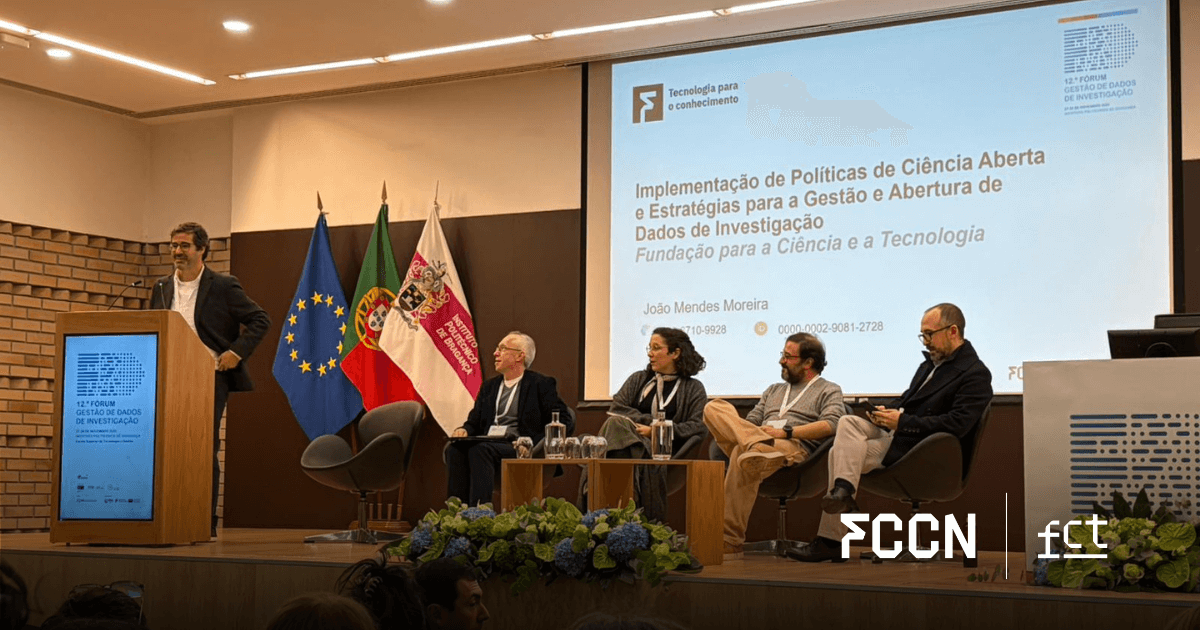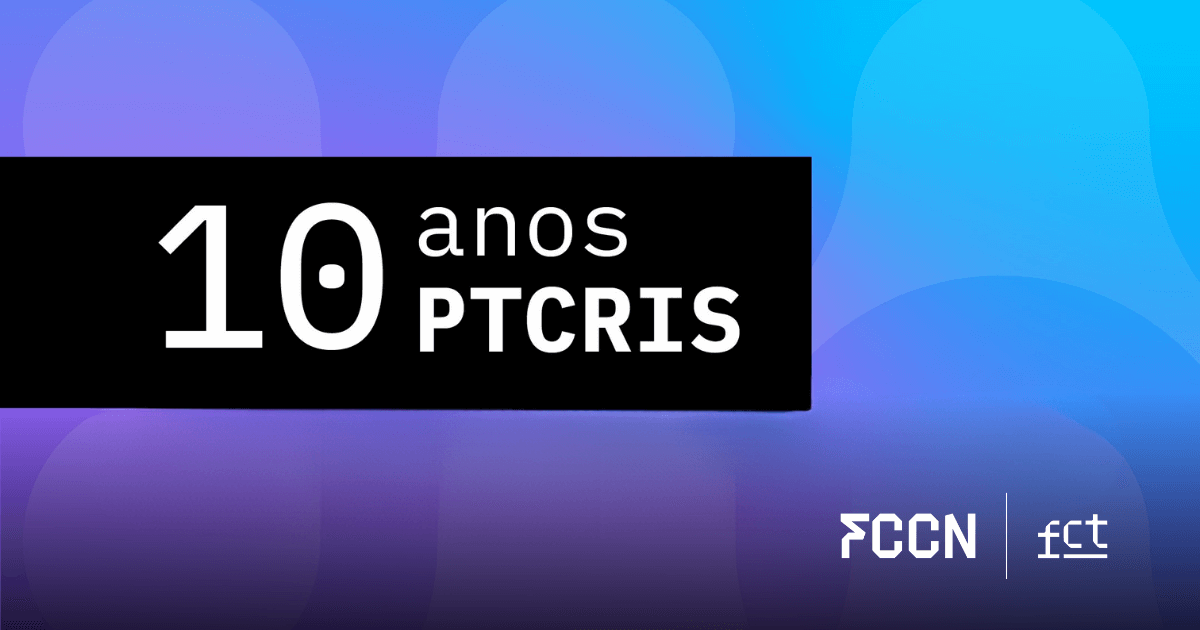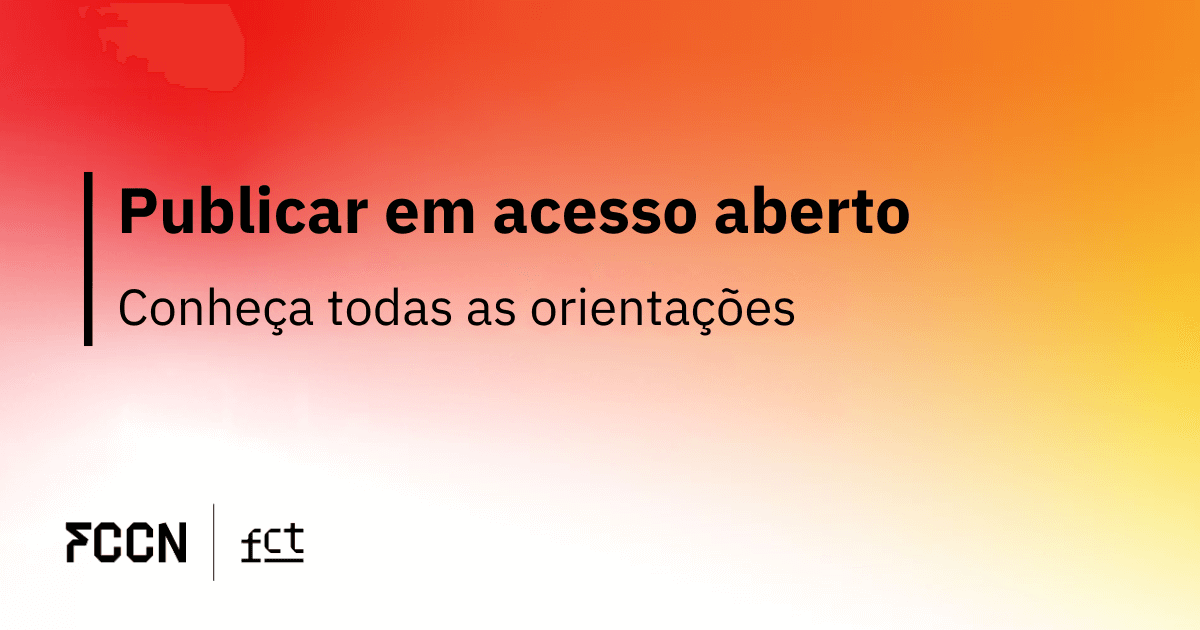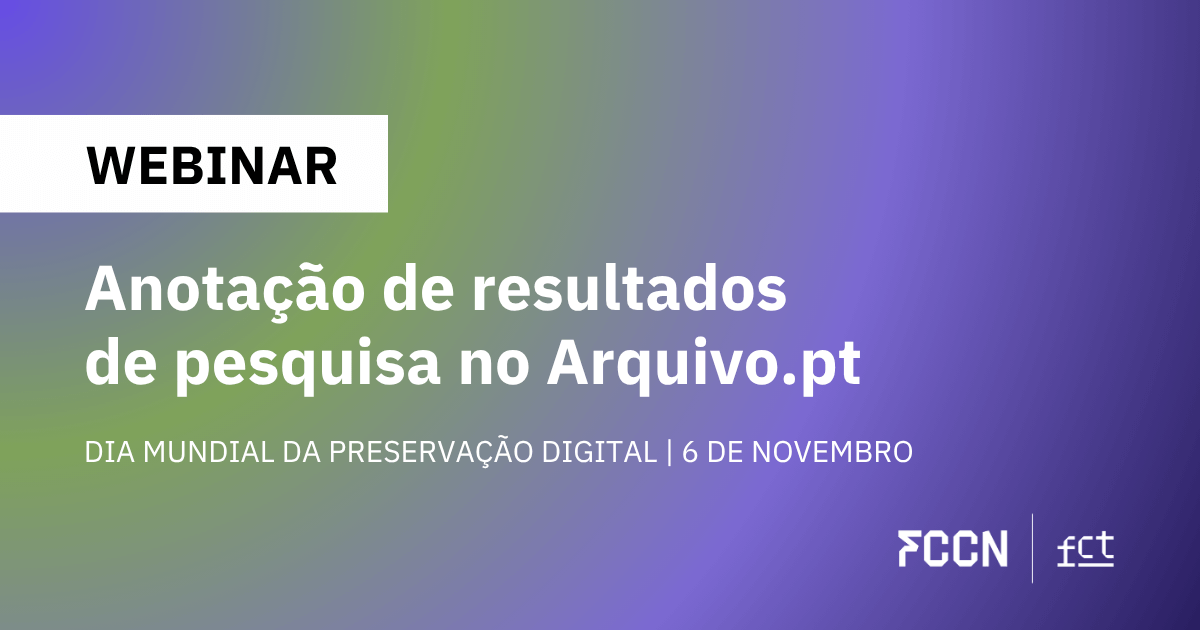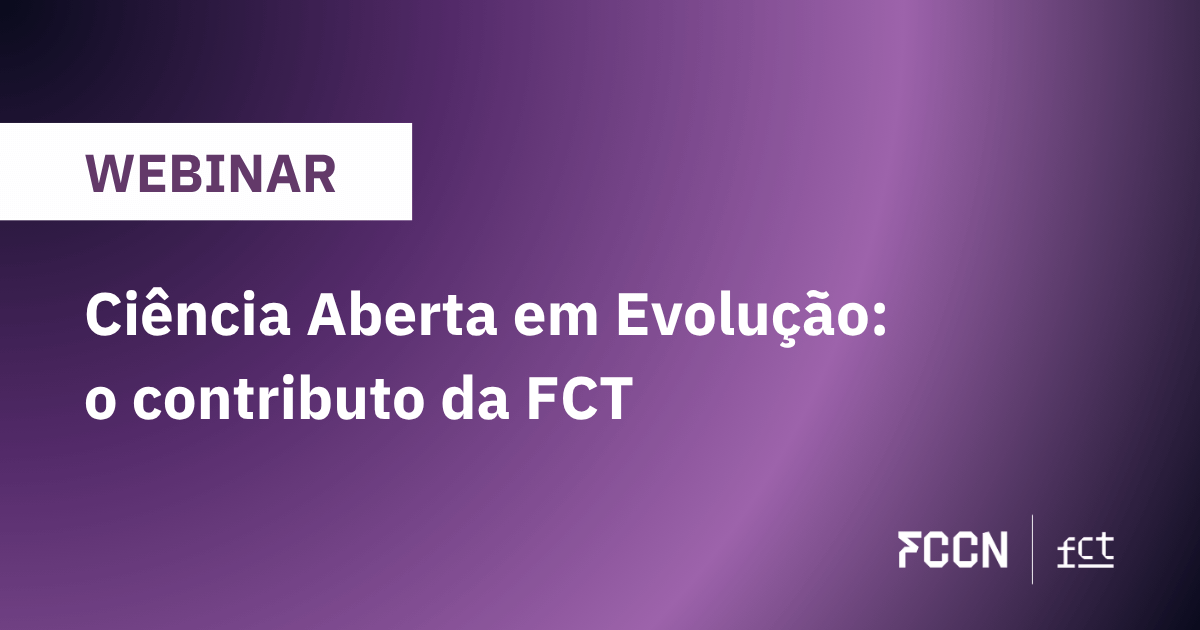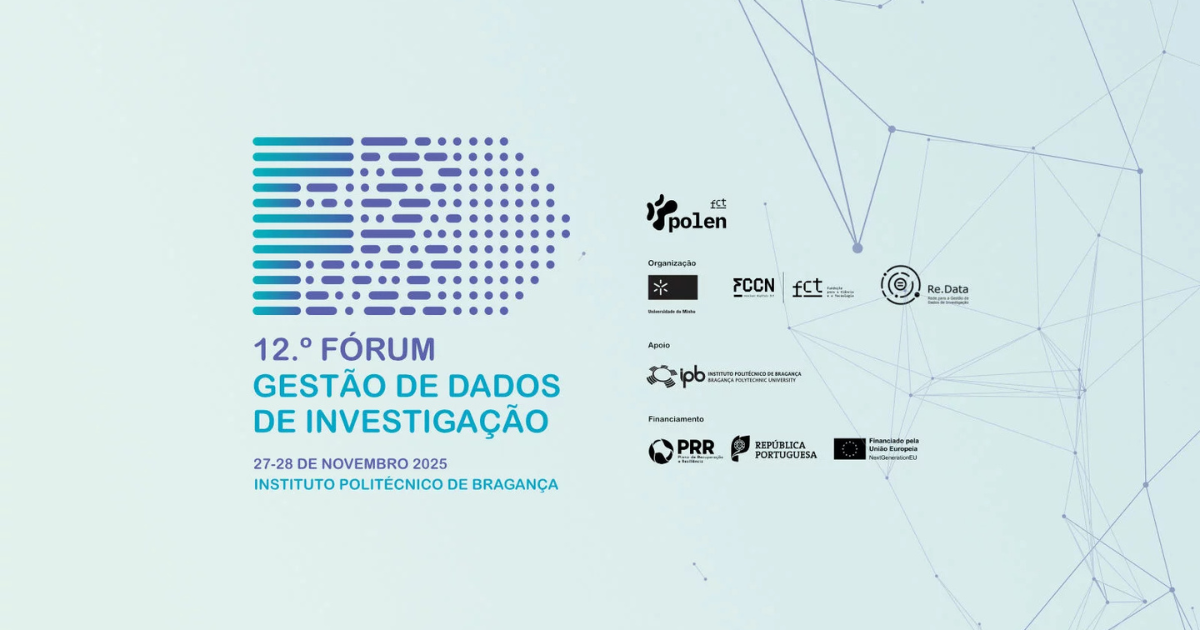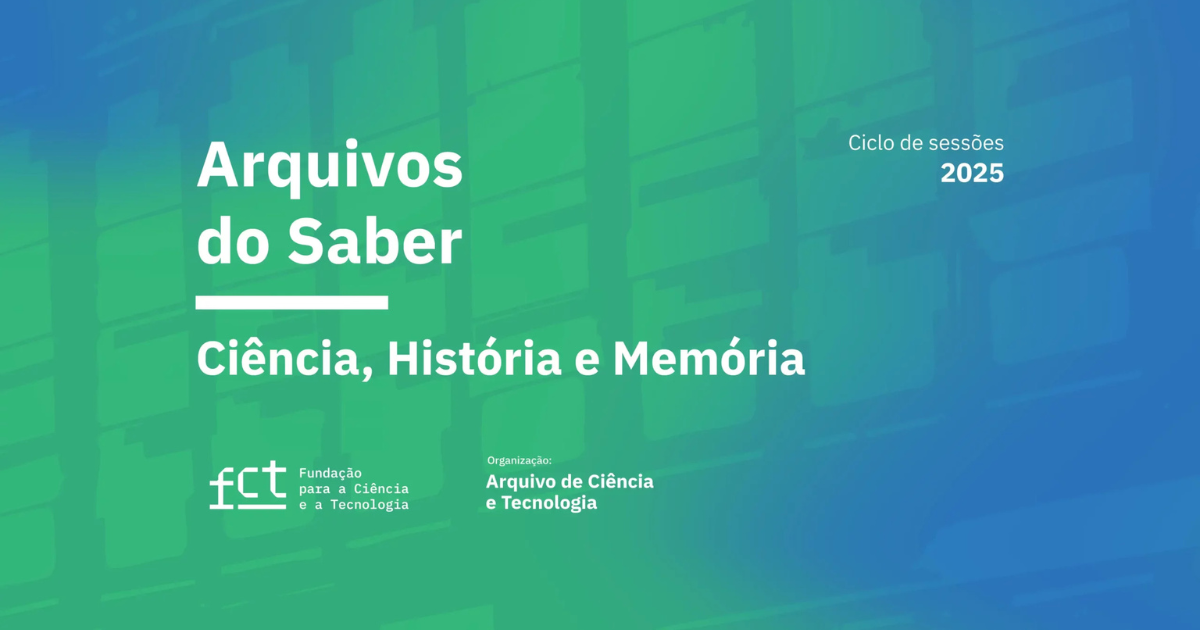The Manager of the CIÊNCIAVITAE program, Cátia Laranjeira, reveals some elements that mark the current relevance of this project, promoted by the National Scientific Computing Unit (FCCN) of the FCT, highlighting its added value for scientists in Portugal.
Looking at the characteristics of scientific or research activity, in what ways can CIÊNCIAVITAE help a scientist?
In the course of their activity, scientists have to submit their curriculum information multiple times to various entities in the scientific system (e.g. funding agencies, institutional information systems, and others). CIÊNCIAVITAE was created with the aim of simplifying the sharing of this information. reducing the bureaucratic burden that currently falls on scientists.
And how is this simplification carried out?
To this end, the SCIENCEVITAE provides mechanisms that allow the user reuse information previously registered on other platforms, register information quickly and, finally, propagate information recorded through integration with other scientific activity management systems.
CiênciaVITAE is a relatively recent project. Do you feel that it's already having a tangible impact on the daily work of Portuguese researchers? In what ways?
THE SCIENCEVITAE aims to be a repository of curricular information that the user can use in their interaction with the different entities of the national scientific system. In this sense, it complies with the principle “Fill once, reuse multiple times”. The adoption of SCIENCEVITAE by researchers became widespread with the integration of this platform into the Foundation for Science and Technology (FCT) funding systems in 2019. From that moment on, researchers were able to choose SCIENCEVITAE to share your CV information as part of your FCT funding applications.
What impact might there be in the future?
In the future, it is expected that the impact of adopting this new system on administrative simplification will increase significantly, as its use becomes viable in administrative acts based on a CV with other entities of the national scientific system in addition to the FCT – for example, the National Innovation Agency (ANI), the Agency for Assessment and Accreditation of Higher Education (A3ES) or the Directorate General of Higher Education and Science Statistics (DGEEC).
What's your assessment of the project's implementation? Are there any figures you think are relevant to share?
The official launch of SCIENCEVITAE was on September 26, 2018 and since then, more than 46,000 resumes have been created on the platform. Of these, there are records of 797,728 productions and 175,354 projects. The new curriculum management platform has been widely promoted through more than 90 presentation sessions attended by 2,673 participants from 162 institutions.
What other ways of promoting CIÊNCIAVITAE have been implemented?
I highlight the network of promoters SCIENCEVITAE, recently established, which has the collaboration of representatives from 136 national Research and Development Units and whose work has been fundamental in promoting the platform and training users in its use.
Looking to the future, what are the next steps you are considering?
In the next three years, the development of SCIENCEVITAE focuses on three distinct axes: users, institutions and integrations. For users, the focus is on implementing improvements and new features that address their most pressing needs. For institutions, the focus is on developing an institutional indicators service based on SCIENCEVITAE, which aims to provide institutions with relevant metrics to better monitor the performance and management of their processes. Finally, the work that has been carried out to ensure that SCIENCEVITAE can be used in administrative procedures involving the sharing of curricular information within the scientific system.

